Calendar


Upcoming Dates
- April 30 Year 7 Immunisations
- May 8 – 10 Future Leaders Camp
- May 15 – 17 Performing Arts Camp
- May 23 Monash Division Cross Country
JavaScript seems to be disabled in your browser.
You must have JavaScript enabled in your browser to utilise the functionality of this website.


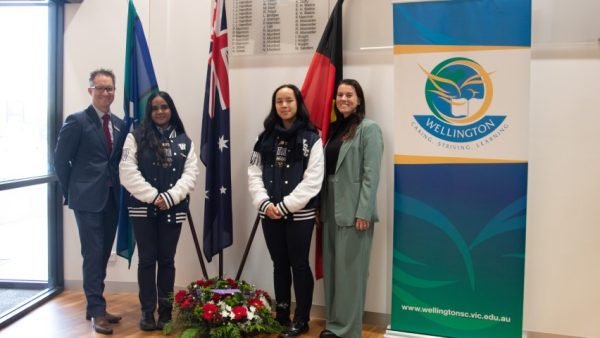

and Acting Assistant Principal Mrs Jessica Wallis honour ANZAC veterans
by laying a ceremonial wreath.


Lest We Forget
Phone: 9547 6822
Email: wellington.sc@education.vic.gov.au
Attendance: 9562 4762 or 0484 009 562
IT Helpdesk: helpdesk@wellingtonsc.vic.gov.au






Annual Report to the Community
The final report was endorsed and approved by Council last Tuesday. The report provides information on the 2023 school year. The information within the report highlighted that Wellington continues to be a high performing school, compared to ‘similar’ schools and state benchmarks. The final report will be uploaded to the school website within the coming weeks.
House Cross Country
Congratulations and well done to all the students that participated and contributed to the House Cross Country. It was a great event where students ran hard, jogged and/or walked around the course collecting house points for their efforts. The weather was just right for cross country; a little wet under foot and a little cold and a sprinkle of rain in the morning; however, that didn’t dampen the spirit of the students or staff.
A special thanks to Mr Tom Wyldes and the staff and student leaders that made the event so successful. Congratulations to the winning house – Acacia!
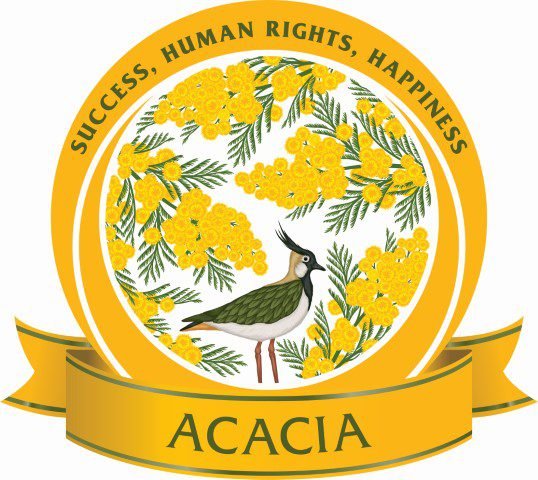

Attitudes to School Survey
Over the coming weeks students will have the opportunity to provide feedback based on their thoughts and feelings regarding the school via the Attitudes to School Survey. This is a survey undertaken by students in years 4-12 across public schools. This data is used to measure schools’ performances in a variety of indicators as well as provide schools with a sense of the aspects within the school that are going well as well as identify areas for improvement. We encourage students to take this opportunity seriously and we look forward to receiving feedback from our students.
Parents will have the opportunity to complete a survey via the Parent/Carer/Guardian Opinion Survey carried out in Term 3.
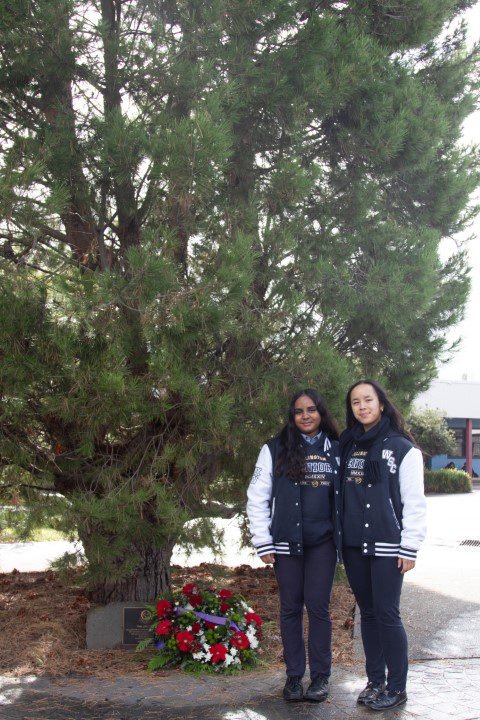

ANZAC Day – April 25
ANZAC (Australian and New Zealand Army Corps) Day is an important day on the Australian calendar. As it is a Public Holiday, we commemorated the day on the April 24 with a whole school assembly conducted by the College Captains.
The Assembly was conducted in ‘The Wellington Way’ and even when there was a technically difficulty with no National Anthem being played over the speakers the students sang in one voice with such pride. It was amazing. The ceremony concluded with the laying of a wreath in our Eastern Courtyard beneath the Aleppo pine tree, that is a direct descendant from the original Lone pine in Gallipoli.
Congratulations to the College Captains and Vice Captains for speaking so well. I would also like to congratulate Mrs Wallis for organising and leading the assembly and Mr Coles who spoke passionately about the importance and significance of ANZAC Day.
ANZAC Day is a commemoration of the anniversary of the landing of Australian and New Zealand troops at Gallipoli, Turkey on April 25 in 1915. Each year we pay our respect and acknowledge the significance of the ANZACs on our Country.
Lest we forget
Mr Chris Knight
Principal






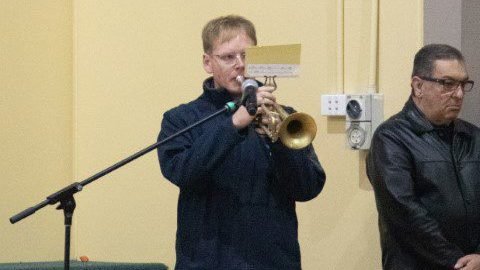

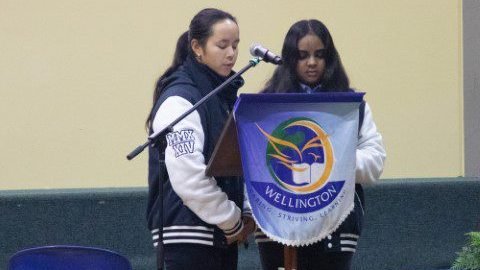

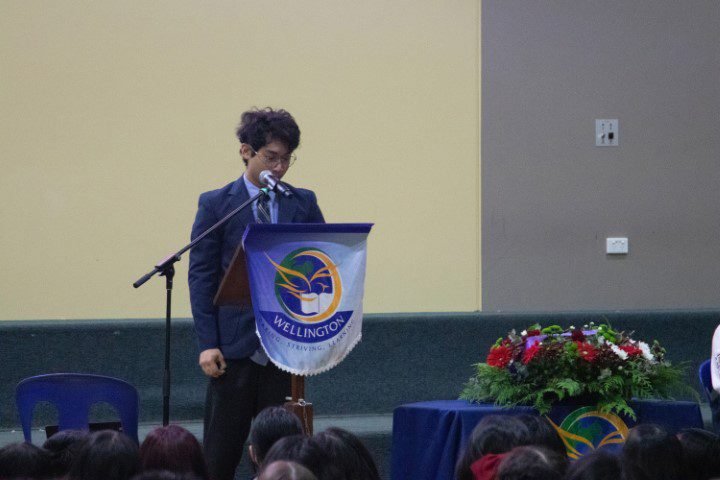

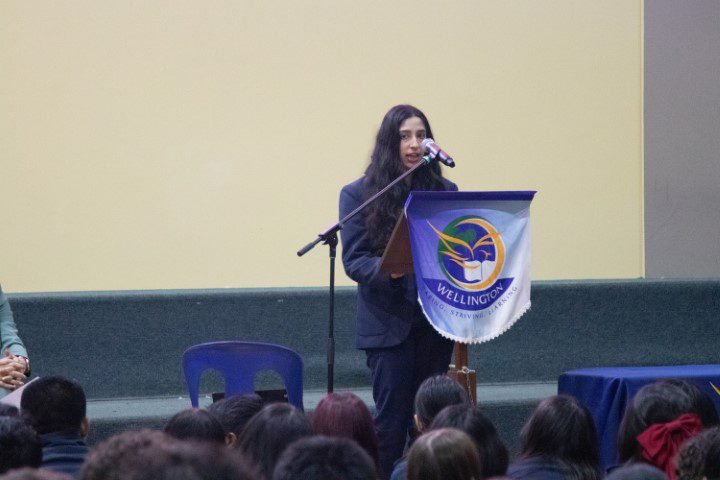

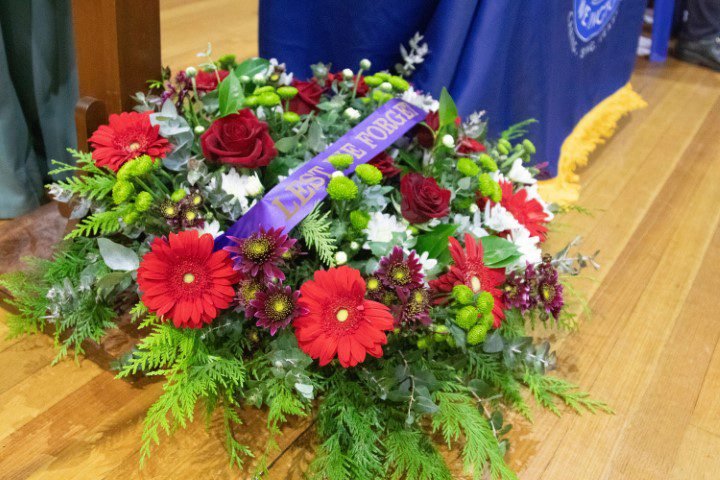

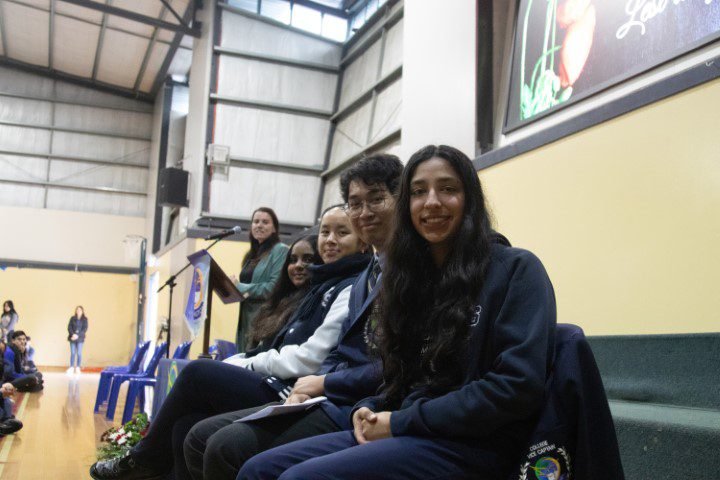

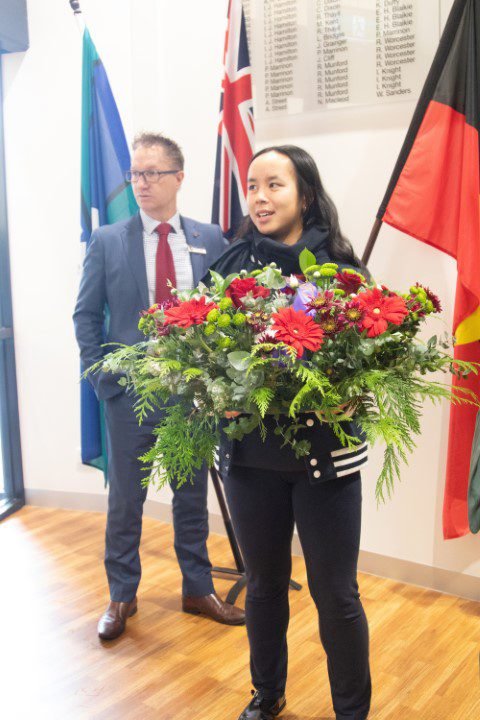



It is an honour and a privilege for me to stand before you to speak at this Assembly.
Those of you who have been at the College some time will know that this Assembly is not like the other assemblies. Because this Assembly is not about us. Today we do not celebrate the achievements of past or present students, we do not discuss House points or the SRC. This Assembly is a moment of solemn reflection, as tomorrow will be for many of us. In speaking to you today, I wanted to focus less on the narrative, on the military history (fascinating that it is), of which there will be much discussion tomorrow, and more on the why we do what we do, and how this part of our history connects to our shared present. Basically why it matters.
Culture is a series of decisions – things aren’t just the way they are, we choose to do things in a particular way. You will leave this school with the understanding that tomorrow, and the ceremonies connected to it, is a very important and serious day.
The Date
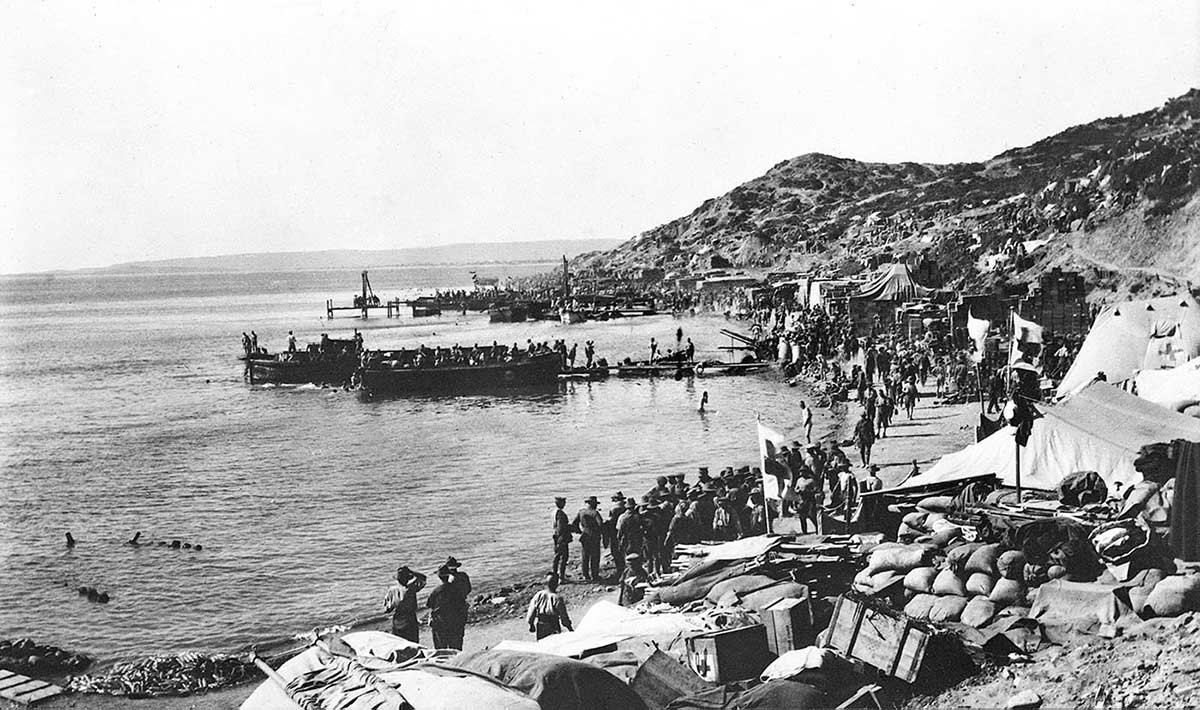

So, why are we here? Historically, the answer is reasonably simple. April 25, ANZAC Day, marks the date that members of the Australia and New Zealand Army Corp (ANZAC) made their first landing on the beaches of Gallipoli in 1915 during the First World War. Upon landing, they faced fierce resistance from the Ottoman Turkish forces defending their homeland. It marked the start of a bloody eight-and-a-half-month campaign which would achieve little, and in which over 8000 Australians and almost 3000 New Zealanders would lose their lives, as well as well as almost forty thousand more from India, France, and the United Kingdom.
A Day Apart
Even at the time, it was felt that this day was something special – the first ANZAC Day was marked in 1916, while the war was still raging, and today it is a day of solemn remembrance, of that campaign, and of the sacrifices made by men and women of Australia’s armed services since then.
This day has great meaning for Australians and New Zealanders. As independent countries, modern Australia and New Zealand were only fourteen and eight years old at the time – not to discount the sixty thousand years of First Nations cultures living here, and this would be the first time that Australia as a nation fought a major military action. The Gallipoli campaign, and particularly the heavy loss of life, played an important role in Australians beginning to think about themselves as ‘Australians’. Indeed, it has been described as the moment Australia ‘met the world’.
The bond formed by the soldiers who shared the experience of Gallipoli created has echoed down through generations of Australians, especially in those first ANZAC Day services. It was a source of considerable pride – as Private Roy Denning wrote in his diary the night after that first day when two thousand men fell, ‘I was justified in being proud of being Australian… give me Australians as comrades and I will go anywhere duty calls.’ Gallipoli may not have been the birth of Australia, but for many, it began to create a sense of a distinct ‘Australian-ness’, a uniquely Australian identity, something that continues to evolve to this day – and all of you sitting in this room are a testament to that.
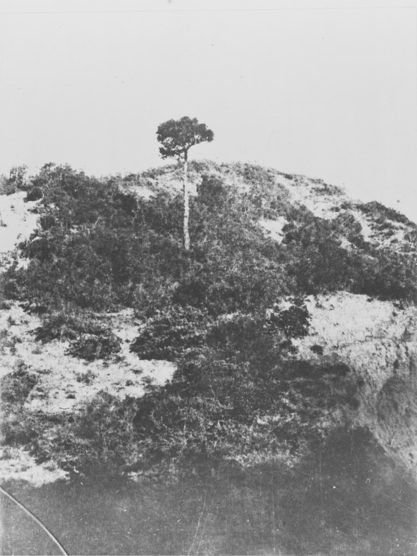

Every person in this room maintains a connection to their past. Wellington maintains a living connection to the events of that day. Within the Gallipoli campaign, there was a particularly fierce battle known as the Battle of Lone Pine. The battle was named for a single Turkish pine tree that stood on the trenches when the battle began. It was a fierce battle fought over four days, with the opposing trench only some 55 metres apart in places. It is difficult to imagine covering such a distance on foot in the face of heavy machine gun fire. 7 of the 9 Gallipoli Victoria Crosses (the highest award possible for bravery in the face of the enemy) were awarded there. A soldier took a pine cone home – and the descendants of that tree grow at four sites across Victoria. The pine that stands in the eastern courtyard in front is a direct descendant of the Lone Pine that grew at the Gallipoli battlefield.
There are a set of values associated with the campaign, values that still resonate in Australian self-identity – courage in adversity, initiative, determination, and that most Australian of concepts – ‘mateship.’ These values are not the property of one particular group of Australians – they are common values embraced across this country and across all cultures, and fit most elegantly into our own Wellington Way of Caring, Striving, and Learning.
So it was with the New Zealanders as well – Gallipoli saw Māori and Pākehā (European) troops fighting side by side for the first time. There are stories of Māori troops performing the haka before charging Ottoman trenches with bayonets fixed – given that the tradition of the haka is carried on by the All Blacks rugby team today, I can only imagine how terrifying that would have been for the Ottoman soldiers to hear. For New Zealand as well, this is a special day with its own unique history.
History, Memory, and Ritual
So why do we mark this day?
Memory is not a passive thing. It must be used or else it will fade – people, places, experiences if not brought to mind, are lost. All cultures and communities do this – there are things we do to remember people, places, battles, events, religious events, and so on. Many years ago, I had a conversation with Colonel John Coulson, a Governor of the Shrine of Remembrance, decorated Army Reservist, and for seventeen years, principal of Wellington Secondary College, retiring in 2004. Colonel Coulson related a story about a conversation he had had with his grandfather (a World War Two veteran), who, as veterans began to pass away, wanted to make sure that his grandson, and Australia, remembered what they had done.


This chain of memory becomes all the more important as the individual links begin to break. Every single one of you has a story to tell – of who you are, how your families came here, and how you came to be in this room. That living story, that link to the First World War is broken – the last WWI combat veteran died in 2011, and the last serving soldier in 2012, both having attained the great age of 110. The youngest World War II veterans would be well into their nineties by now. By and by, within our lifetimes, there will be no living connection to the Second World War. All that will remain are stories, fragments, and artefacts. The bits and pieces that we put into textbooks, and the stories some of us carry in our hearts.
For many Australians, this day has personal significance. You may see during the parades or services tomorrow the scores of young people, many your age or younger, wearing the medals of their relatives, honouring their memory. It is a feeling I can understand. My family are recent arrivals to Australia, and my family has a long history of military service. My great-grandfather fought at Gallipoli, although he was not an ANZAC. He was captured by the Ottoman Turks and survived the war. He returned home weighing thirty kilos, and the brutal treatment he received stayed with him for the rest of his short life.
To make sense of that, that story, and all the horrors of war experienced by so many all over the world, have to mean something. Everything we do today, and everything done tomorrow, are rituals of memory. We perform certain actions, hear certain music, and say certain words as part of these ceremonies.
Every year, at about this time, we say ‘Lest We Forget’. It’s not a common word, and doesn’t feature much in everyday language. This word – ‘lest’ – is said by millions of Australians, who might not fully grasp its meaning.
It means ‘for fear of.’ In essence, that is why we come together on this time, and do what we do. For fear that we might forget. And this is something that all cultures and communities do – we come together to remember, because otherwise we might forget – and for many of us forgetting the past is a terrible and terrifying thing.
That is why we lower flags, why we recite the chosen words, why we hear this music, and why we lay wreaths. It is important we remember, and we do these things for fear we might forget.
Gratitude
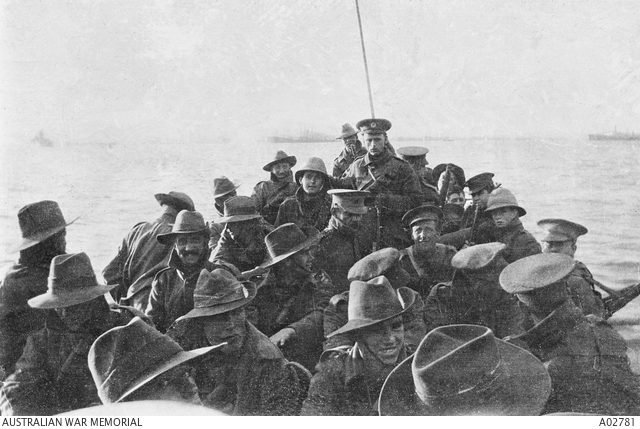

Keeping these traditions and memories alive is, I believe, especially important as we cast our eyes over current events. As so many face danger, deprivation, and hardship around the world, from the sands and stone of the Holy Land to the streets and alleys of Sydney. We are reminded that suffering is a universal human experience, and how lucky most of are that we do not experience the what we see on the news – the daily threat of death, of lost family members, of uncertain futures.
We are lucky to lead such fortunate lives. Every single day, without knowing, thinking or feeling, we directly benefit from and enjoy what the millions of men and women who have fought, died, and sacrificed so much for what Australia enjoys today. It is therefore not so much to ask that we take some time, on today of all days, to reflect on that fact.
So, here we are. ANZAC Day is a day of conscious and deliberate memory-making – we remember, we commemorate, and reflect. Today is about honouring the sacrifices made by Australian men and women who came before us, and what we owe them.
In a society that at times seems to focus too much on the present, and on ourselves, it is important that at least a few times a year, we think of others. We think of those who came before us, young men, often not a great deal older our Senior School students, and some younger, who fought and died at all over the world. Those men and women who performed the brutal work of war so that we may enjoy peace and that we should not experience the suffering felt by so many today.
That is what this day is about – reflecting on our place in the world and being grateful. Be grateful we now live in a country free of war and strife, be grateful for your families, be grateful for each other, and whoever we are and wherever we come from, be grateful for what we have been given by those who came before, lest we forget.
Mr Simon Coles
Head of Senior School
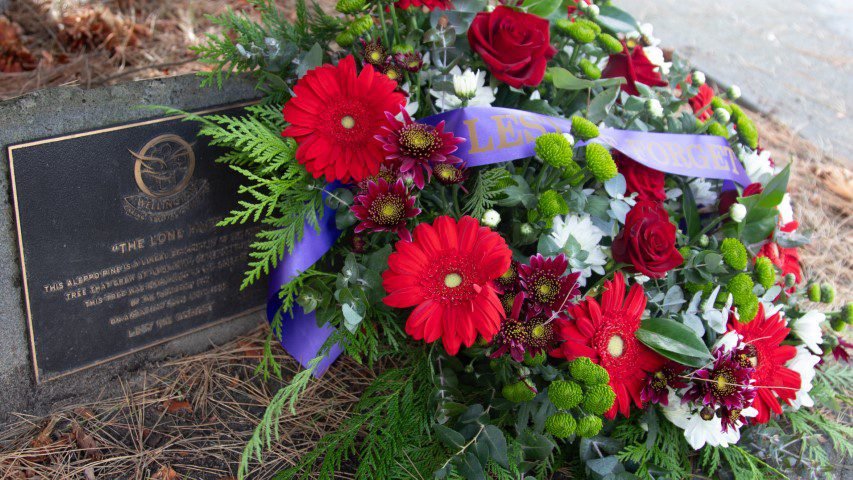



On Wednesday March 13, our school had the opportunity of taking part in the Melbourne Secondary Youth Leadership Conference, one of the most exciting gatherings in the State with hundreds of different school delegates. I’m glad I had the chance to be a part of this amazing journey to the conference filled with inspiration, learning and growth.


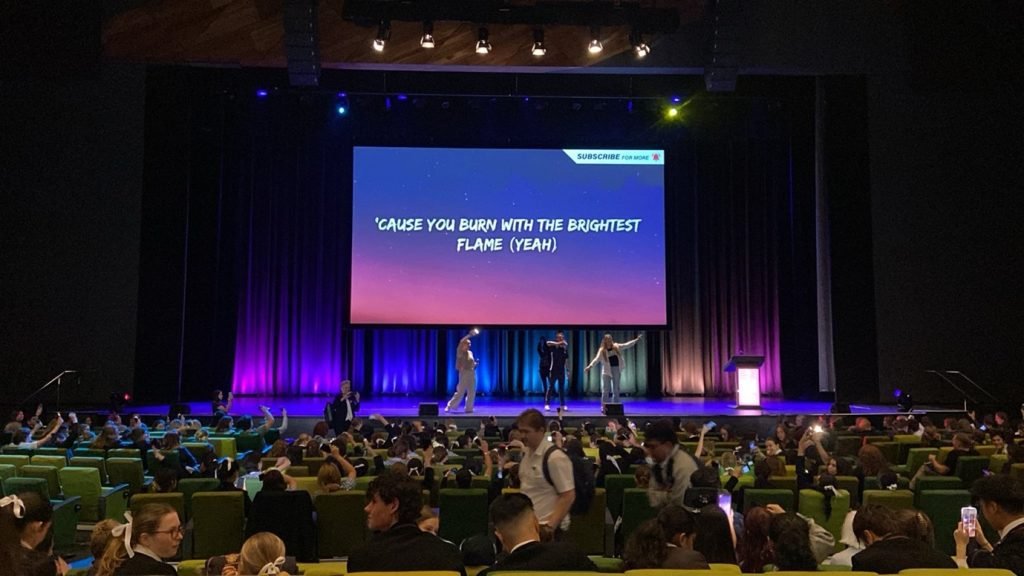



The conference aimed to empower us as young leaders to make positive impact in our schools, communities and beyond. Through a series of keynote speeches, interactive activities and mini games, we were challenged to think critically, communicate effectively and lead with compassion, while exploring the context and complexity of leadership more deeply. One of the key messages that resonated with me was the importance of being the one to strike first even when you are scared and being your true self to lead everyone in your own unique way. We discussed the role of courage, communication , patience and more, and how these qualities can help us to understand the role of a leader while also building trust and inspiring others to follow our lead. I also learned a lot about the power of collaboration and teamwork. Through group activities and discussions, I realised that no leader succeeds alone.


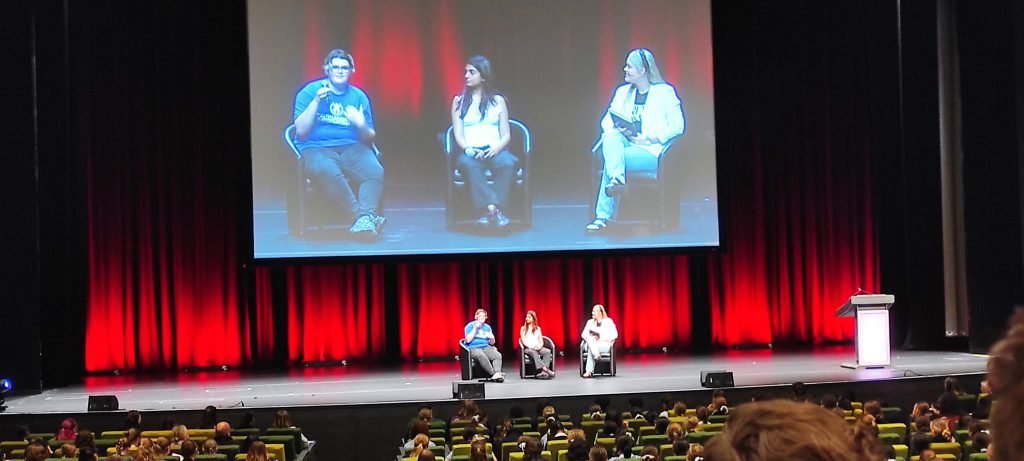

Overall, the Melbourne Secondary Youth Leadership Conference was an unforgettable experience that has left a lasting impression on me. I feel inspired and empowered to continue my leadership journey, and I’m excited to see where it takes me. Thanks to everyone who made this trip possible, and here’s to embracing our roles as leaders of tomorrow!
Rika Tran
11K


March 14
Our journey began with a train ride from Springvale station to downtown Melbourne. Getting off at Flinders Street station, we were excited to see Melbourne’s old buildings and busy streets. We started taking pictures and looked around the station. Our first stop was Federation Square, a cool place with lots of things to see and do. There were many buildings with amazing designs. The place was very quiet, calm, and peaceful. We also saw many cafés and bars in the area, with people chilling and relaxing on the public deck chairs and sofa bags.
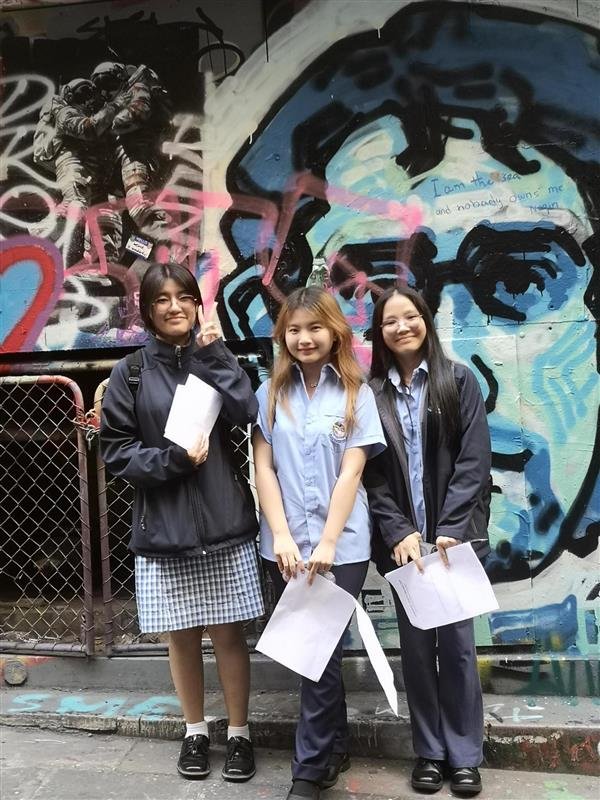

We then wandered through Melbourne’s narrow lanes, where we decided to stop for 20 minutes to get some food. We chilled and enjoyed the views from inside. Next, we went to Hosier Lane where it was my first time seeing such beautiful art. The artworks were very creative and astonishing. They were painted by different people from around the world who wanted to share their achievements and talent with others. Many people could be seen taking pictures and admiring the art. Soon, we finished taking photos and went to Bourke Street Mall. Did you know that it is one of the oldest shopping centres in Melbourne? We were fascinated by the design of the buildings, which was unique and interesting for me since it was my first time. There were many stores and restaurants where people usually relaxed and had breakfast or coffee, chatting with each other.
After all that exploring, we were hungry! Luckily, Melbourne has tons of yummy food options. We decided to go to a mall and make our way to the food court. We each split up to find our choice of foods. On the other hand, I decided to get a slice of pizza with a small cup of milk tea with my friends. We talked and laughed together while enjoying the food.
Our last destination was the Shrine of Remembrance. The building was very tall from afar. We made our entrance and saw many old things. We made sure to be quiet and respected our surroundings. There were many medals of honour and war veteran uniforms on display to show their sacrifices, which are very important for our country. We felt very honoured to be there.


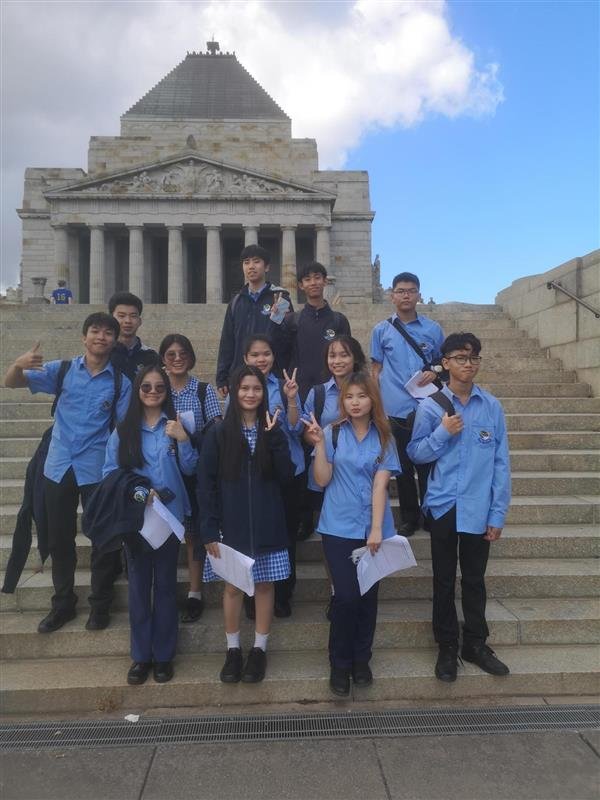

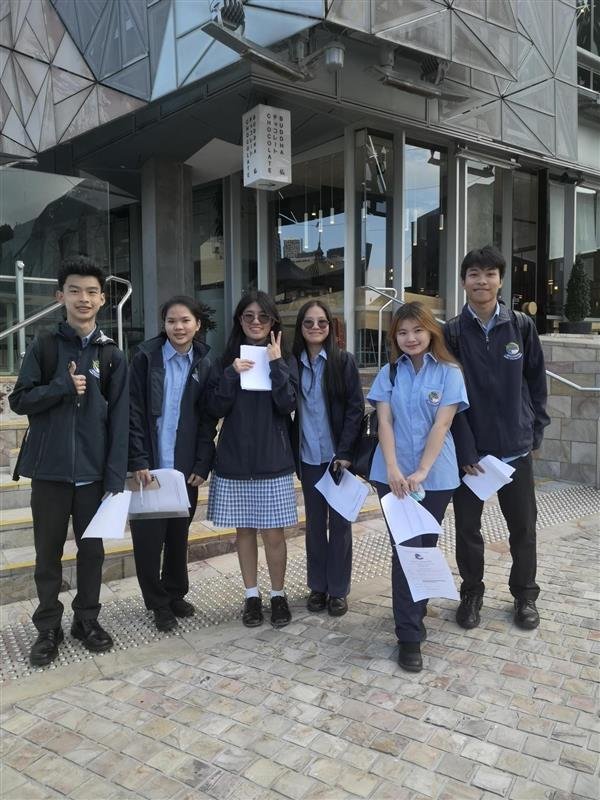

As the day came to an end, we hopped back on the train at Flinders Street station. Tired but happy, we chatted about all the fun we had and promised to come back soon. Melbourne is a city full of surprises and excitement. Whether it’s exploring cool places like Federation Square or trying out delicious food, there’s always something fun to do.
Vincent
WC1


On Earth Day, the Sustainability Champions took part in a biodiversity audit ran by the Monash City council and ResourceSmart School team to take note on how our school is achieving its biodiversity goals. We split into 4 groups with each group looking at different parts of biodiversity.
One group looked at our school’s high levelled indigenous biodiversity like canopy trees, another group looked at body height indigenous biodiversity while the other two groups looked at ground-level indigenous biodiversity. After searching around the school and taking notes on the school’s biodiversity we had a small, quick chat about how our school could improve its biodiversity.
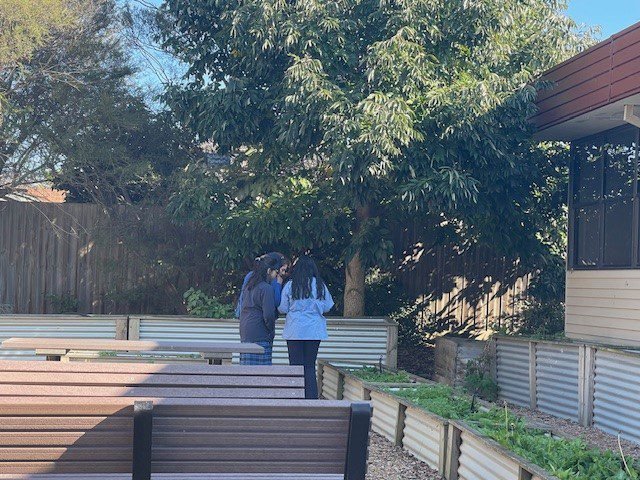

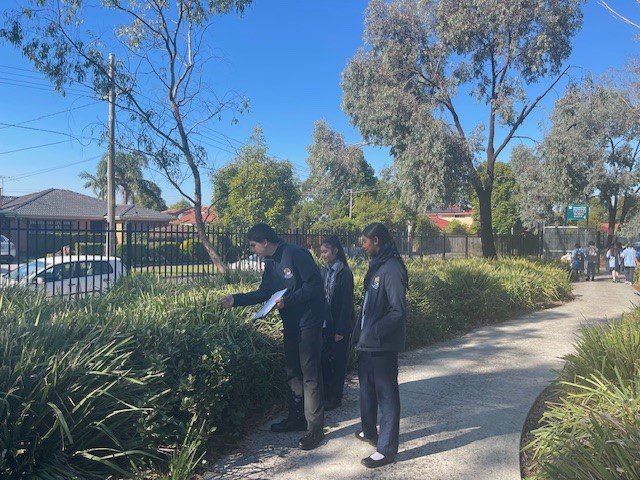

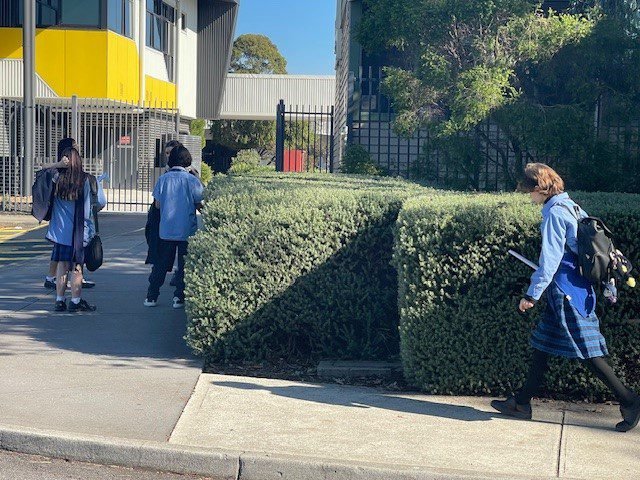

My group looked at our school’s ground-level indigenous biodiversity, noticed the school’s small indigenous plant diversity and the lack of logs, rocks and water containers around the school for wild animals. Using these notes from the audit, the Sustainability Champions are hoping to push the school into deeply improving its biodiversity.
John Modouris
10G
On the April 23, the Sustainability Champion’s headed to the School’s kitchen to bake during periods 3 and 4. Ms Rachael Andrews guided the students to bake the brownies, cookies and cupcakes. The eggshells and egg carton were taken to be composted in the school’s community garden and relevant packaging disposed in the recycling bins or the box for the Container Deposit Scheme.
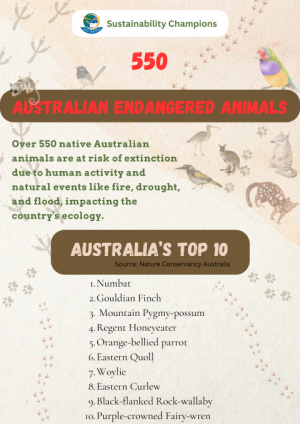

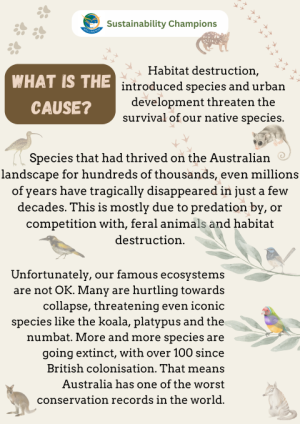

The theme for the Bake Sale was to inform about the Top 10 Australian Endangered Animals and the need for us to protect our amazing biodiversity. The money raised will go towards our sustainability fund. We had a fantastic student and staff clientele who purchased EVERYTHING that was baked plus drinks. We received feedback and will be including some healthier options for next time. Thank you so much for your support!
Ms Bruna Amaral
Sustainability Coordinator
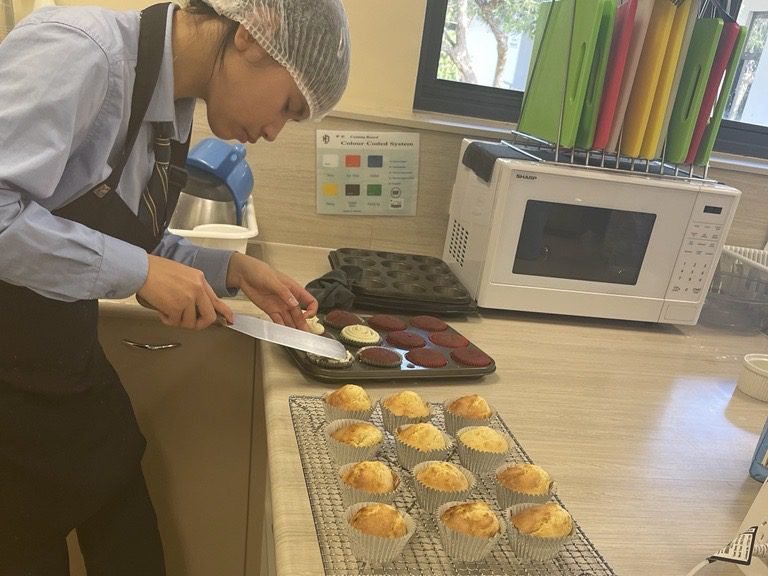

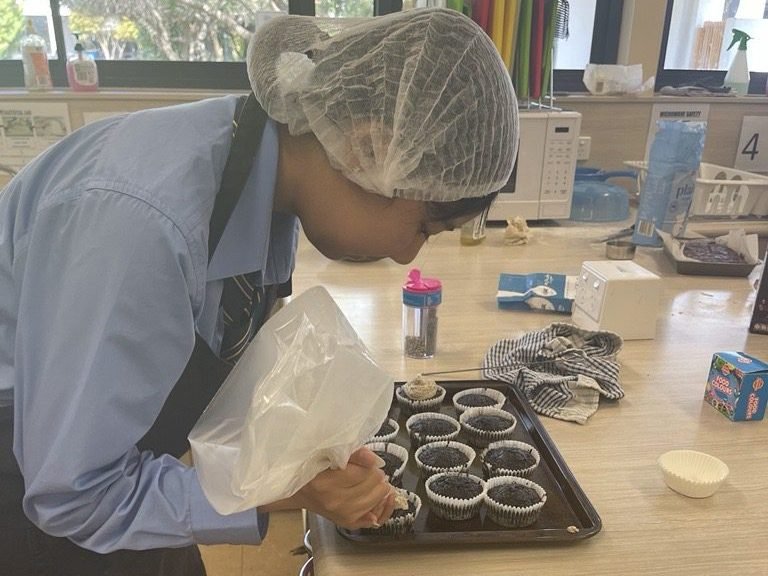







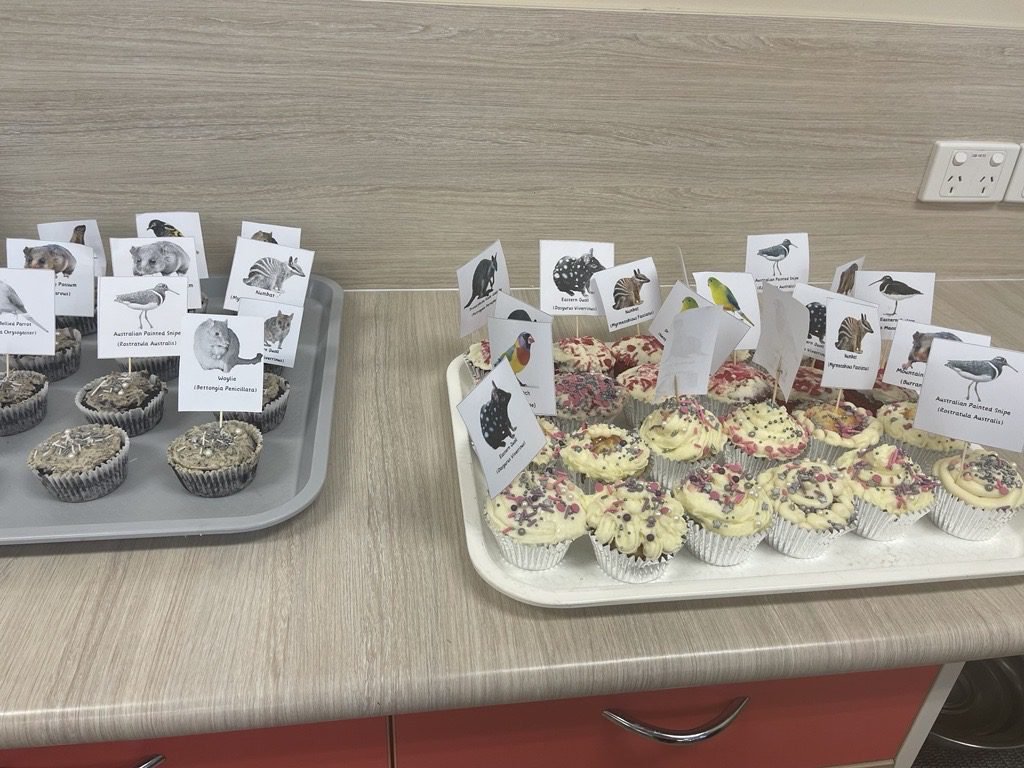

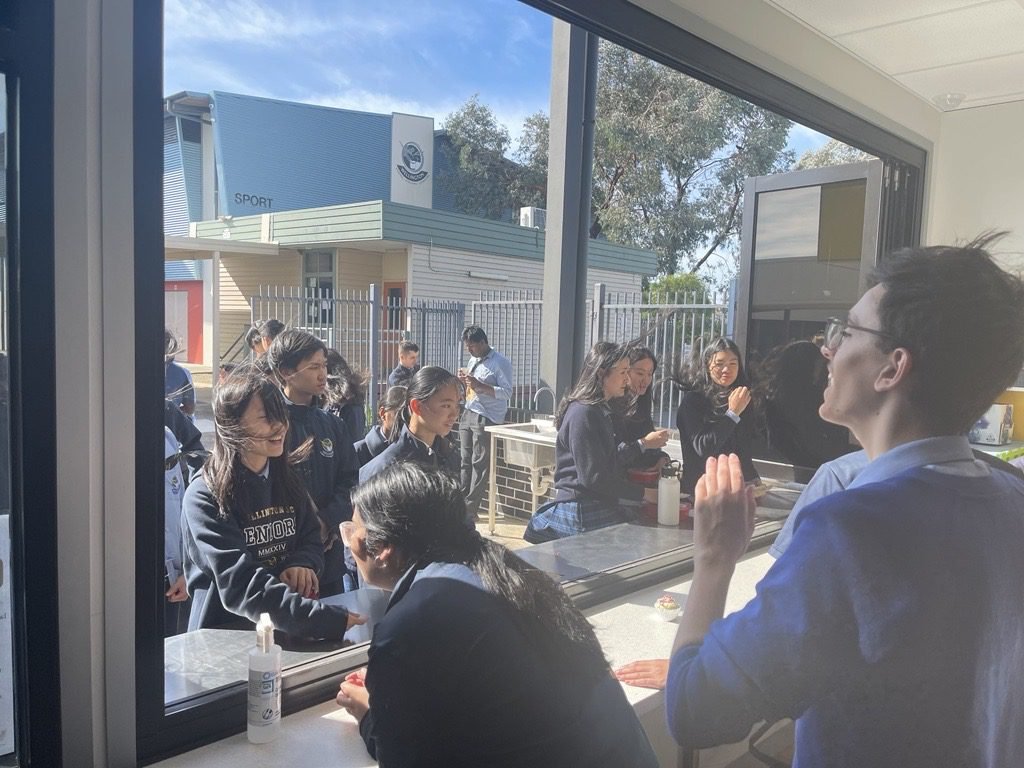





Three teams of Senior Students, Coached by Mr Peter Jarvis and Mrs Anita O’Shea, attended Ringwood Bowls Club to compete in the Eastern Region Lawn Bowls Tournament.
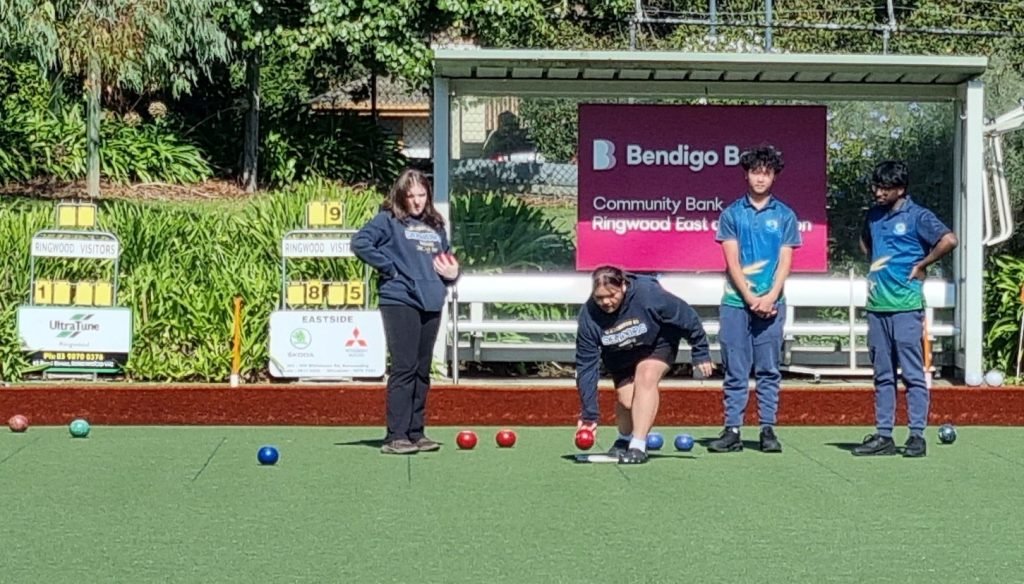

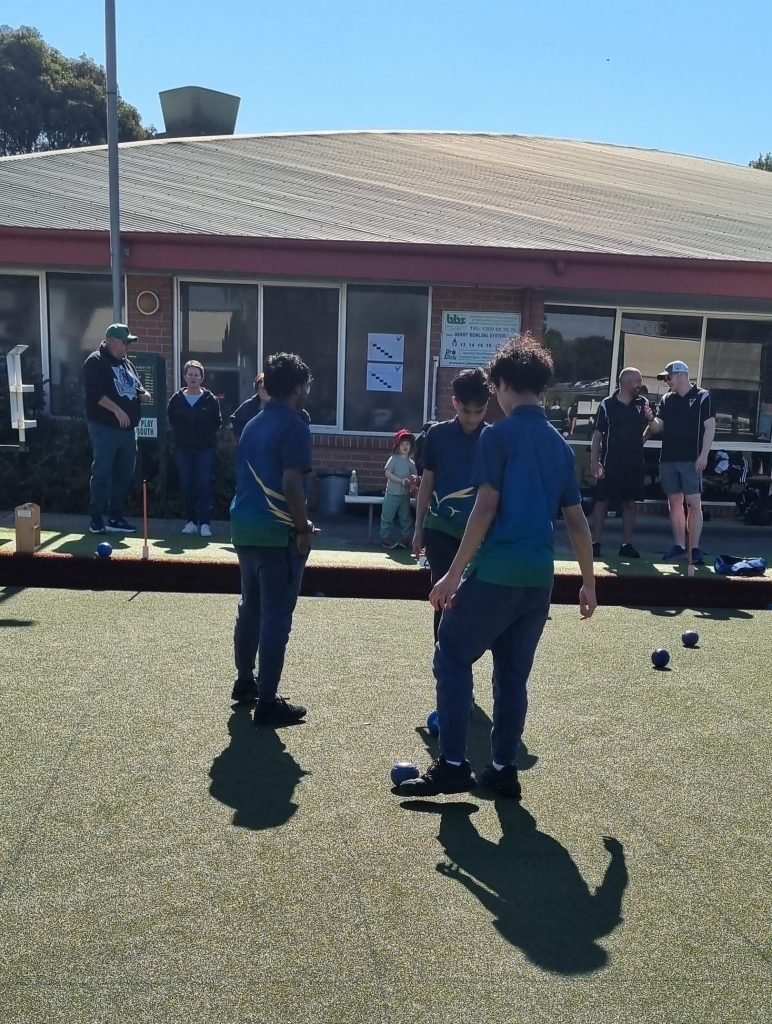



The students did Wellington proud and just missed out on progression to the state tournament in Sunbury. The level of sportsmanship displayed by all students was outstanding and all members of the team should be proud of their achievements.
Mr Peter Jarvis
Science Teacher